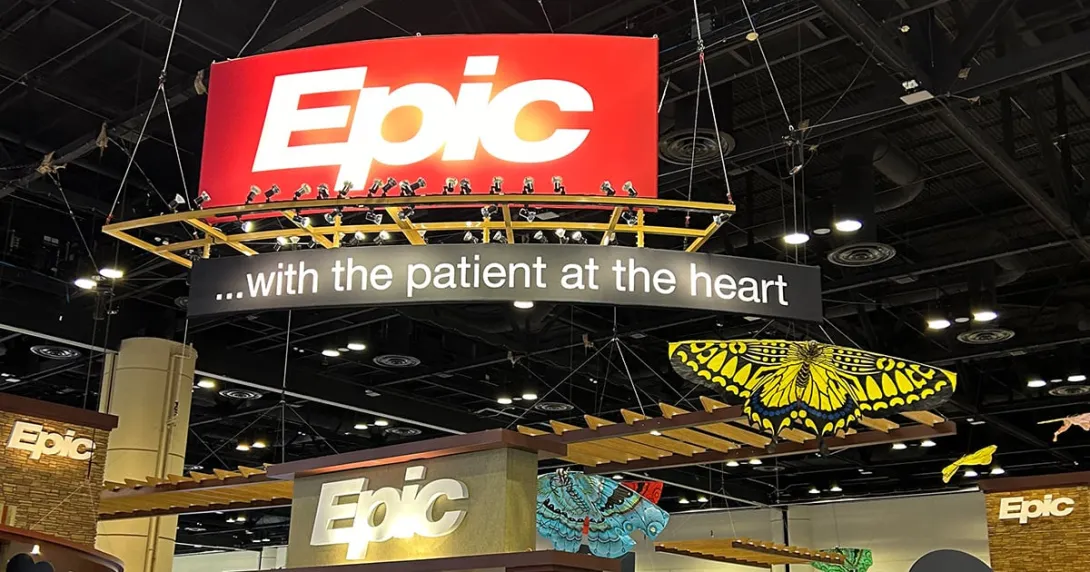Most healthcare providers in Europe have some kind of information system in place, though few have a fully integrated and functional hospital information system. To create more potential in the market, governments have stepped in to stimulate growth in HIS systems.
European adoption rates of HIS solutions in 2008 varied from about 73 percent in Italy and Spain to 95 percent in Scandinavia. Pressure from government and other regulatory authorities to garner more investment in healthcare IT adoption could boost the HIS market potential.
"Government and regulatory authorities are compelled to increase investments into healthcare automation due to political pressure as well as public demand," said Frost & Sullivan Senior Research Analyst S. Priyan. "A significant part of the government's budget allocation goes towards healthcare, with the healthcare expenditure versus the gross domestic product (GDP) of the countries growing worldwide."
"The Hospital Information Systems Market in Europe," a new study from Frost & Sullivan, shows that the market earned revenues of more than $3.4 billion in 2008. The report estimates this number will reach $4.26 billion in 2015.
Study researchers focused on examining complete and partial HIS solutions for clinical, administrative and financial applications in small-, medium-, and large-sized hospitals in the region.
European market growth rates are considerably lower because of the decreasing number of potential end users year after year, according to the study. Also, the market's penetration rate has almost reached its saturation level. Maintenance and replacement systems have become the main sources of revenue for vendors in the industry, and future ROI will depend largely on those recurring revenues.
The study also cites a lack of reliable and functional solutions in the market.
"The workflow environment in a hospital is more complex than other sectors and the data processing workflow could extend from several departments to across sectors and territories," noted Priyan. "Therefore, it is vital for the systems to be highly flexible and adaptable and encompass powerful, effective and user-friendly tools to support the end users."
"Despite low investments from private and non-profit hospitals, their numbers are on the rise and vendors should pitch for low-cost systems in these sectors," concluded Priyan. "Vendors should promote low-cost systems such as remotely hosted systems and application service provider (ASP) systems to successfully cater to high potential consumers such as private and non-profit hospitals."


